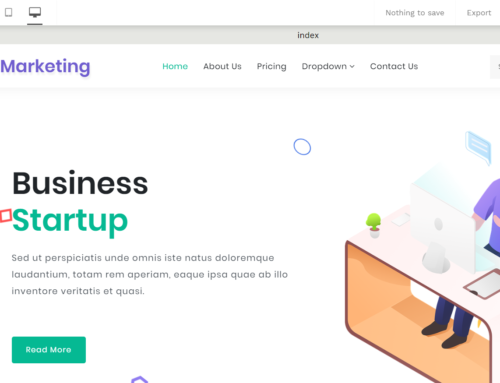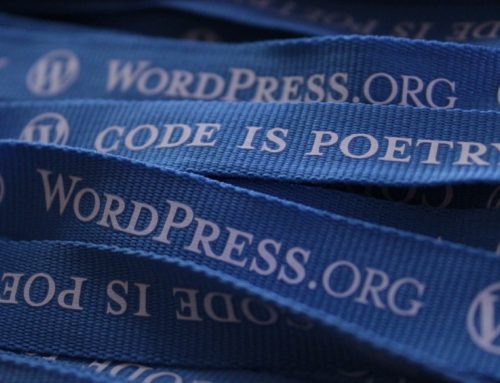WebP – a new image format for the web by Google
As a part of make web faster Google have recently launches numbers of products to people. Like Page Speed Extension for firefox, Speed Tracer Chrome extension, closure tools to help build rich web application with fully optimized JavaScript code.
Now Google have thought about the images improvement. Since many years most of the image formats have made their position on web like JPEG, PNG, GIF. For this some of the Google engineers have figure out that is there any way to compress further lossy images like JPEG without affecting quality and resolution. As a part of this effort, Google is releasing a developer preview of a new image format, WebP, which promises to significantly reduce the byte size of photos on the web, allowing web sites to load faster than before.
WebP is a method of lossy compression that can be used on photographic images. The degree of compression is adjustable so a user can choose the trade-off between file size and image quality.
WebP is pronounced “weppy”. /(w?p?)/
Over 65% of page volume is consists of images. So reducing this load will make better user response time and also a bandwidth usage. Google is focused on compressing the lossy compression images like JPEG.
To improve on the compression that JPEG provides, Google used an image compressor based on the VP8 codec that Google open-sourced in May 2010. Google applied the techniques from VP8 video intra frame coding to push the envelope in still image coding. Google also adapted a very lightweight container based on RIFF. While this container format contributes a minimal overhead of only 20 bytes per image, it is extensible to allow authors to save meta-data they would like to store.
What’s in this release:
This release provides a lightweight decoder for WebP files (libvpx) and a command line tool (webpconv) for converting images to and from the WebP format. The WebP team is developing a patch to WebKit to provide native support for WebP in an upcoming release of Google Chrome.
By using WebP, you can:
- Provide a faster user experience on your site.
- Reduce your bandwidth and hosting costs.
- Improve the web!
Source / Copyright : Google Code Blog





Hi there thanks for this nice and interesting post. But I still don’t understand the last part though!
Thank you for useful information. Good site.